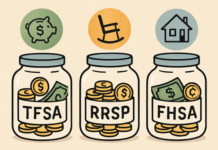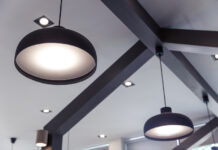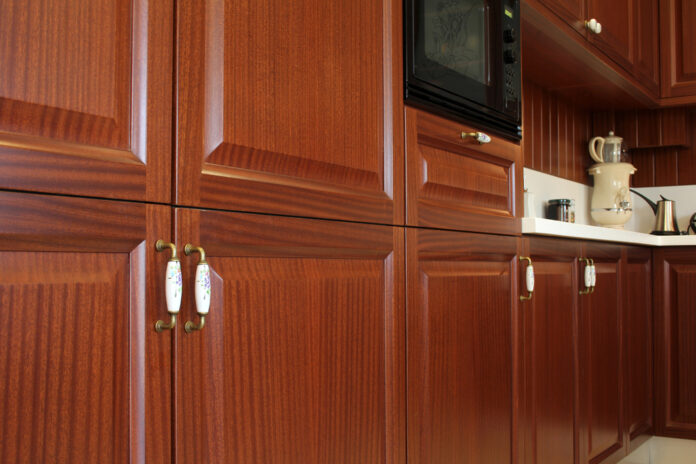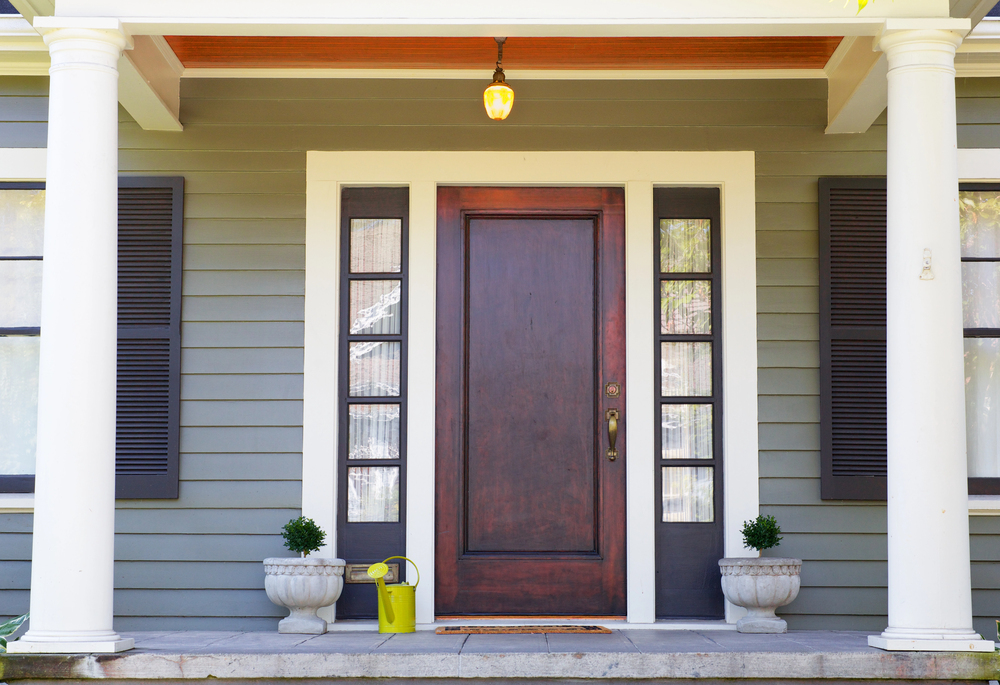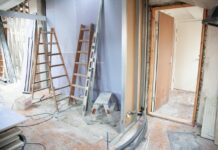If you are planning a kitchen update, one big question keeps coming up: are RTA cabinets worth it?
This article answers that question. It covers cost, quality, installation, longevity, and design. It compares RTA to stock, semi-custom, and custom cabinets. It gives real buying tips for U.S. homeowners. Sentences are short. Advice is clear. You can use this to decide and to plan your project.
Quick Answer Up Front
Yes — RTA (Ready-to-Assemble) cabinets are worth it for many homeowners.
They offer strong value for money.
They can save thousands versus full custom cabinets.
But they are not right for every situation.
This guide explains when they are a smart choice and when to avoid them.
What are RTA Cabinets?
RTA stands for “Ready-to-Assemble.”
They ship flat-packed.
You assemble them at home or hire assembly help.
Parts include cabinet boxes, doors, drawer fronts, hardware, and instructions.
RTA grew from the furniture world. It now includes high-quality kitchen systems.
Many RTA lines use plywood or MDF cores. They use solid hardware like soft-close hinges.
Why RTA Became Popular
RTA became popular for a few reasons:
- Lower cost. Factories save on shipping and labor.
- Faster fulfillment. Flat packs ship efficiently.
- Wider selection online. You can compare dozens of styles.
- DIY culture. Many homeowners like weekend projects.
- Better hardware availability. Soft-close is common now.
Because of these reasons, RTA cabinets are no longer “cheap and flimsy.” It can be very good.
The Main Advantages of RTA Cabinets
1. Lower Price
RTA is cheaper than custom and often cheaper than semi-custom.
You avoid large factory labor costs. You save retailer markup.
A full kitchen with RTA can cost a fraction of custom work.
2. Fast Delivery
RTA stocks ship quickly. In many cases you get parts in days or a few weeks.
That short lead time shortens your project schedule.
3. Large Selection
RTA brands offer many door styles and finishes.
You can choose shaker, slab, raised panel, and more.
Colors and hardware options are plentiful.
4. Easier Transport
Flat-packed cabinets are easier to move into your home.
They fit through tight doorways and staircases.
5. Good DIY Fit
If you have basic carpentry skills, you can assemble and install RTA.
That saves labor costs. It gives you control over the schedule.
The Main Drawbacks of RTA Cabinets
1. Assembly Time and Skill
You or a hired assembler must spend hours or days.
Poor assembly hurts function and appearance.
2. Fit and Finish May Vary
Not every RTA brand has the same quality control.
Small gaps or inconsistent finish can occur.
3. Limited Full Customization
If your kitchen has odd angles or unique needs, RTA may not fit perfectly.
You may need fillers or custom trim.
4. Possible Extra Hardware Cost
Some RTA units exclude premium hardware or pre-drilling.
You may pay extra for soft-close hinges, slides, or pre-drilled doors.
RTA vs. Stock vs. Semi-custom vs. Custom — Quick Comparison
- RTA: Lowest cost, fast shipping, good range, DIY friendly.
- Stock (pre-assembled): Mid cost, ready now, limited sizes.
- Semi-custom: More sizing and finish options, higher cost.
- Custom: Built for dimensions and design, highest cost and lead time.
Choose based on your budget, timeline, and tolerance for DIY or fit adjustments.
What to Expect on Cost
Costs vary widely by region and scope. Here are typical ranges for cabinets only (U.S., 2025):
- RTA: $1,200 – $8,000 for many average kitchens.
- Stock: $2,000 – $6,000.
- Semi-custom: $6,000 – $18,000.
- Custom: $18,000 – $60,000+.
These are cabinet costs before countertops, flooring, demo, and installation labor. RTA often sits at the low end while delivering similar visual results.
Materials and Construction: What to Check
Not all RTA cabinets are made equally. Inspect these specs:
-
Box Material:
Plywood is preferred. Good MDF is acceptable. Avoid low-grade particleboard in damp kitchens.
-
Face Frames / Frameless:
Both styles work. Check construction quality.
-
Door Material:
Solid wood, MDF, or veneer. Painted MDF is common for shaker doors.
-
Edge Banding:
Look for clean edges on veneer or melamine panels.
-
Hardware:
Soft-close hinges and full-extension slides are signs of quality.
-
Drawer Boxes:
Dovetail or solid plywood boxes last longer than stapled particleboard.
Ask the supplier for detailed specs. Good vendors publish them clearly.
Design and Style — RTA Cabinets Can Look High-End
Shaker doors are very popular. They look clean and timeless.
You can get shaker in painted or stained finishes.
White shaker cabinets remain a top seller. They brighten kitchens and sell well with buyers. If you like that classic look, review options labeled white shaker cabinets to compare finishes and pricing.
RTA cabinets also offers modern slab doors and traditional raised panel designs. Quality finishes, consistent gaps, and good hardware help RTA read like higher-end cabinetry.
Assembly and Installation — What to Know
RTA requires two main steps: assembly and installation.
Assembly:
put panels and face frames together. Attach backs and shelves. Install drawer boxes and doors.
Installation:
level base cabinets. Fasten to studs. Hang wall cabinets. Fit countertops.
You can hire local help for assembly only. Or have pros do both assembly and installation. Many homeowners opt for a hybrid: buy RTA, pay local carpenters to assemble and install. That gives cost savings while ensuring quality.
How Much Labor Does RTA Save?
Labor savings depend on your approach.
-
Full DIY:
Biggest savings. You only pay for tools and time.
-
Assembly by Contractor:
Lower than full custom assembly. Contractors often charge less to assemble RTA than to build custom.
-
Install Only:
You can have pros install pre-assembled units. This is common if you order pre-assembled boxes.
Plan labor carefully. Poor installation can negate material savings.
Shipping, Returns, and Warranty Issues
Shipping matters. Flat packs reduce freight cost. But parts may shift during transit. Inspect on delivery.
- Check for damage before signing the carrier receipt.
- Photograph any flaws.
- Report missing parts immediately.
Warranty varies. Read it. Coverage of finish, hardware, and structural defects should be spelled out. A strong warranty shows supplier confidence.
Where to Buy RTA Cabinets (and How to Vet Sellers)
You can buy RTA from many channels:
- Factory-direct brands — often best value. They sell direct and ship fast.
- Specialty online retailers — large catalogs and sample programs.
- Big-box stores — convenient returns, in-store pickup.
- Local cabinet shops that also sell RTA lines.
When vetting sellers:
- Read reviews across platforms.
- Ask for material specs and hardware brands.
- Request door and finish samples.
- Check lead times and return policies.
- Confirm shipping insurance and damage policy.
If you want a starting point, compare factory-direct options and full catalogs labeled rta cabinets. Factory direct brands can offer strong pricing and fast logistics.
Installing RTA for Best Results — a Short Playbook
- Plan and measure twice. Mistakes cost money.
- Unpack and verify parts. Match items to your order list.
- Assemble in a clean space. Use clamps and pocket hole jigs when needed.
- Label boxes for placement. It saves time during installation.
- Level base cabinets first. Use shims and a long level.
- Install wall cabinets with a ledger. Two people make it safe.
- Double-check reveals and gaps. Adjust hinges and trim.
- Protect surfaces during countertop templating.
This approach reduces callbacks and gives a pro look.
Real-World Durability and Lifespan
With good materials and proper installation, RTA cabinets’ worth will last decades. Look at these points:
- Plywood boxes + quality hardware = long life.
- Painted MDF doors can chip if hit hard, but they look smooth.
- Veneered doors show wood grain well, but edges need good banding.
- Drawer slides and hinges are wear items. Choose brand names where possible.
Budget for minor repairs over time. But RTA cabinets’ worth can deliver decades of service when chosen carefully.
Case Studies: Three Homeowner Scenarios
Case 1: Budget Urban Condo
- Chose RTA shaker cabinets in painted white.
- Installed over a weekend with a helper.
- Total saved vs custom: about $9,000.
- Result: modern look and strong resale appeal.
Case 2: Suburban Family Kitchen
- Bought RTA boxes and hired local carpenter for assembly.
- Upgraded to soft-close hardware and plywood drawers.
- Lead time short; installation in two weeks.
- Cost mid-range, but quality high.
Case 3: High-End Remodel Decision
- Homeowner wanted inset doors and live edge island.
- Chose custom cabinets for island and tall units.
- Used RTA for standard runs.
- Result: saved 30% over full custom while getting keyed design features.
These examples show hybrid approaches work well.
Common Mistakes and How to Avoid Them
- Skipping samples. Always test color and finish.
- Wrong measurements. Measure doors, frames, and appliances carefully.
- Rushing assembly. Take time on clamps and glue.
- Ignoring hardware quality. Cheap slides fail fast.
- Not inspecting shipments. Report damage within the carrier’s time frame.
Avoid these and your RTA project will be smooth.
RTA and Resale Value
Good cabinetry supports resale. Here’s how RTA cabinets’ worth plays into it:
- Neutral, timeless styles sell best. White shaker is a top choice.
- Quality materials matter more than price. Buyers notice soft-close drawers and solid drawers.
- Well installed cabinets add perceived value.
If you plan to sell, invest in durable hardware and classic finishes.
Sustainability and Waste
RTA reduces waste in shipping. Flat packs are efficient. Many brands use engineered woods that reduce solid wood demand. If sustainability matters, look for FSC certification and low-VOC finishes.
How to Pick the Right RTA Supplier
Checklist:
- Clear material specs.
- Real customer reviews.
- Sample program for doors and finishes.
- Reasonable lead times and transparent shipping.
- Clear warranty and returns policy.
- Good customer support and parts replacement.
A supplier that checks these boxes will reduce your project risk.
Smart Upgrades That are Worth the Money
- Soft-close drawer slides and hinges.
- Solid plywood drawer boxes.
- Pull-out organizers in base cabinets.
- Full-extension heavy-duty slides for pots.
- Pre-finished doors rather than site finishing.
These upgrades improve daily life and lower maintenance costs.
Pricing Strategy: How to Compare Bids
When you get quotes, compare apples to apples:
- Ask for itemized quotes.
- Compare box material, doors, hardware, and shipping.
- Check if assembly is included.
- Ask for install labor hours or flat rates.
- Include contingency for trim or fillers.
A low headline price may hide expensive add-ons.
Where to Start Your RTA Search
Begin with these steps:
- Choose a style — shaker, slab, or raised panel.
- Pick materials — plywood boxes are preferred.
- Order door samples.
- Get 2-3 quotes from reputable RTA suppliers and local installers.
- Confirm lead times and delivery terms.
A focused search reduces decision fatigue and speeds the project.
Natural Places to Compare and Find RTA Options
Several channels are worth checking. Factory-direct sites often offer the best starting price. Retailers and specialized online stores provide wide catalogs and sample services. And local showrooms let you see finishes in person.
If you want an example of a supplier that emphasizes factory direct value, fast shipping, and a wide RTA range, explore options tagged rta cabinets. Good comparison guides also point to budget roundups like cheapest kitchen cabinets for realistic expectations.
Final Verdict: Are RTA Cabinets Worth It?
Short answer: Yes, often.
RTA cabinets are worth it when:
- You want a modern look at a lower price.
- You can accept some DIY or pay moderate assembly labor.
- You choose quality materials and hardware.
- You pick neutral, timeless styles that hold resale value.
RTA is not the best choice when:
- You need full custom work or odd geometry.
- You insist on the absolute finest bespoke finishes.
- You lack any time or budget for proper assembly and install.
For many U.S. homeowners, RTA strikes the ideal balance of cost, speed, and quality. If you want to shop options, start with detailed catalogs and sample programs from reputable suppliers. If you prefer a classic, buyer-friendly look, explore white shaker cabinets for inspiration and selection.
Recommended Next Steps for Your Project
- Measure your kitchen precisely.
- Choose a shortlist of RTA suppliers.
- Order door and finish samples.
- Get itemized quotes including shipping and install.
- Plan assembly or hire a local pro.
- Schedule delivery to match your installer date.
- Keep a contingency fund for trim, fillers, and small extras.
FAQs — Short Answers
Q: Will RTA cabinets fall apart?
A: No, not if you pick quality materials and assemble correctly.
Q: How long do RTA cabinets last?
A: With good materials and care, decades.
Q: Is RTA truly cheaper than stock?
A: Often yes on a total cost basis, especially when shipped factory-direct.
Q: Can I get custom finishes with RTA?
A: Limited. Some suppliers offer custom paint and stain at an extra cost.
RTA cabinets have come a long way. They are a practical, cost-effective choice. They serve DIYers and savvy buyers alike. With smart selection, careful assembly, and quality hardware, RTA cabinets can deliver a kitchen you will enjoy and that will hold its value.
Find a Home-Based Business to Start-Up >>> Hundreds of Business Listings.



























